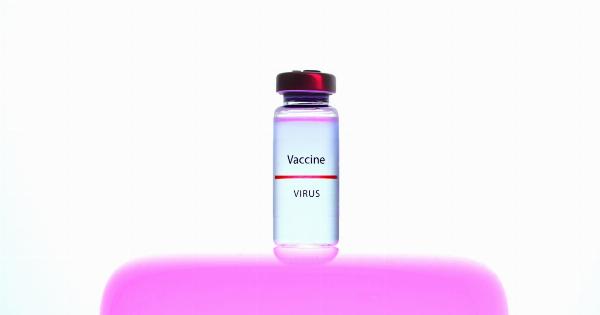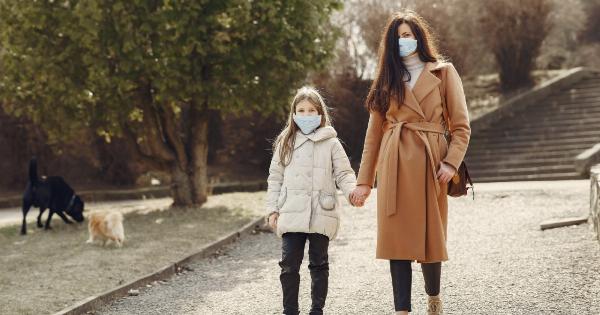The COVID-19 pandemic has affected the entire world on a massive scale. While scientists and healthcare professionals are struggling to contain the virus, some have proposed that herd immunity may eventually be the answer to the pandemic.
Recently, a scientist named Sunetra Gupta recommended that six out of ten people must be infected to achieve herd immunity.
What is Herd Immunity?
Herd immunity refers to a phenomenon in which a large percentage of individuals in a community become immune to a particular disease, thereby reducing its spread.
Once this threshold is reached, the disease is unable to spread rapidly through the community, as there are fewer susceptible people left to infect. Herd immunity can be achieved through natural infections or through vaccination, which provides immunity without causing disease.
Sunetra Gupta’s Recommendation
Sunetra Gupta is a theoretical epidemiologist at the University of Oxford in the United Kingdom. She has proposed that achieving herd immunity is the only realistic way to end the COVID-19 pandemic.
According to Gupta, six out of ten people must be infected with the virus to achieve herd immunity and prevent its spread.
Gupta’s proposal was met with criticism from many experts, as it would lead to a significant number of deaths.
Gupta defended her suggestion by saying that the vast majority of people who become infected with COVID-19 experience only mild symptoms and recover quickly. She also suggested that vulnerable populations, such as the elderly and immunocompromised, could be protected through targeted measures.
What Other Researchers Say
While Gupta’s proposal is controversial, some other researchers have also suggested that achieving herd immunity may be the only realistic solution to the pandemic.
However, most experts agree that this can only be achieved through vaccination, not through natural infection.
A study published in the medical journal The Lancet suggested that herd immunity could potentially be achieved if 70% of the population were vaccinated.
This would provide protection not only to those who received the vaccine but also to those who were unable to receive it, such as very young children or those with certain health conditions.
The Risks of Natural Immunity
While some experts have suggested that herd immunity through natural infections may be possible, there are several significant risks associated with this approach.
One major concern is that COVID-19 can cause severe illness and death, particularly in vulnerable populations. Without targeted measures to protect these groups, a large number of people would be at risk of serious complications or death.
Another concern is that the virus may mutate over time, which could potentially undermine the protective effects of herd immunity.
This could lead to a perpetual cycle of infections and reinfections, making it difficult or impossible to eradicate the virus.
The Role of Vaccines
Vaccines represent our best hope for achieving herd immunity and controlling the spread of COVID-19. Several COVID-19 vaccines have already been developed and are being distributed around the world.
These vaccines have been shown to be highly effective at preventing the spread of the virus and reducing the severity of illness in those who do become infected.
Experts believe that vaccinating a large proportion of the population is crucial for achieving herd immunity and preventing the spread of COVID-19.
In order to achieve this, it is important for people to trust the safety and effectiveness of the vaccines and to receive them as soon as they become available.
Conclusion
The COVID-19 pandemic has had a profound impact on the world, and scientists and healthcare professionals are working tirelessly to control its spread.
While herd immunity has been proposed as one potential solution to the pandemic, achieving it through natural infections would lead to significant risks and may not even be possible. Instead, the widespread adoption of vaccines will be crucial for achieving herd immunity and controlling the spread of COVID-19 in the long term.




























